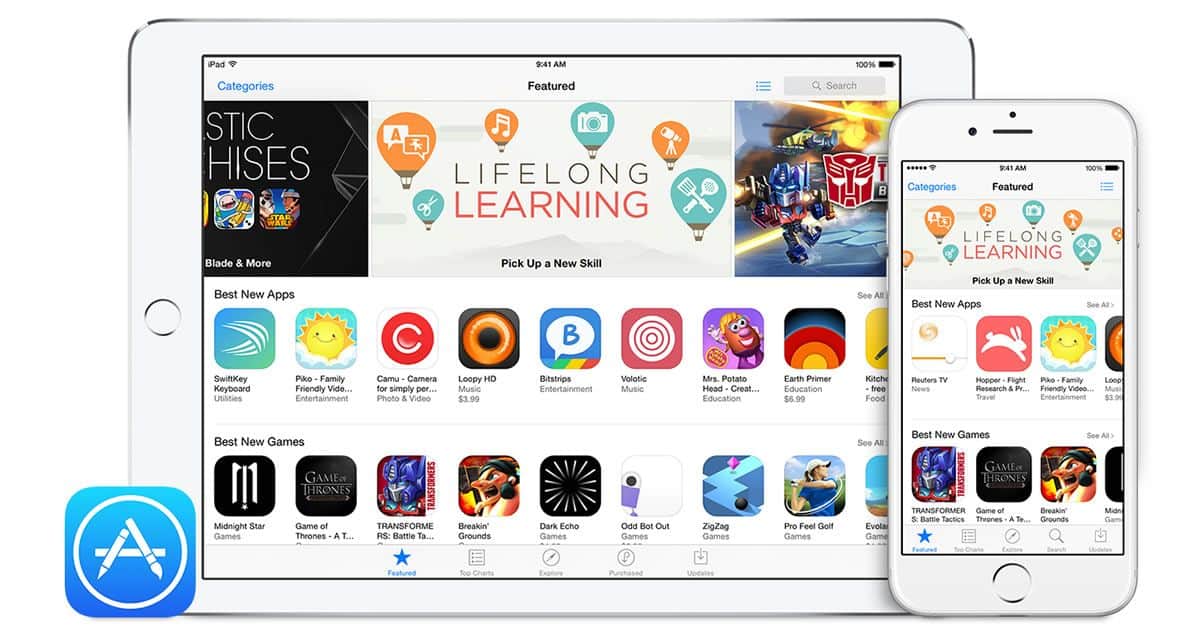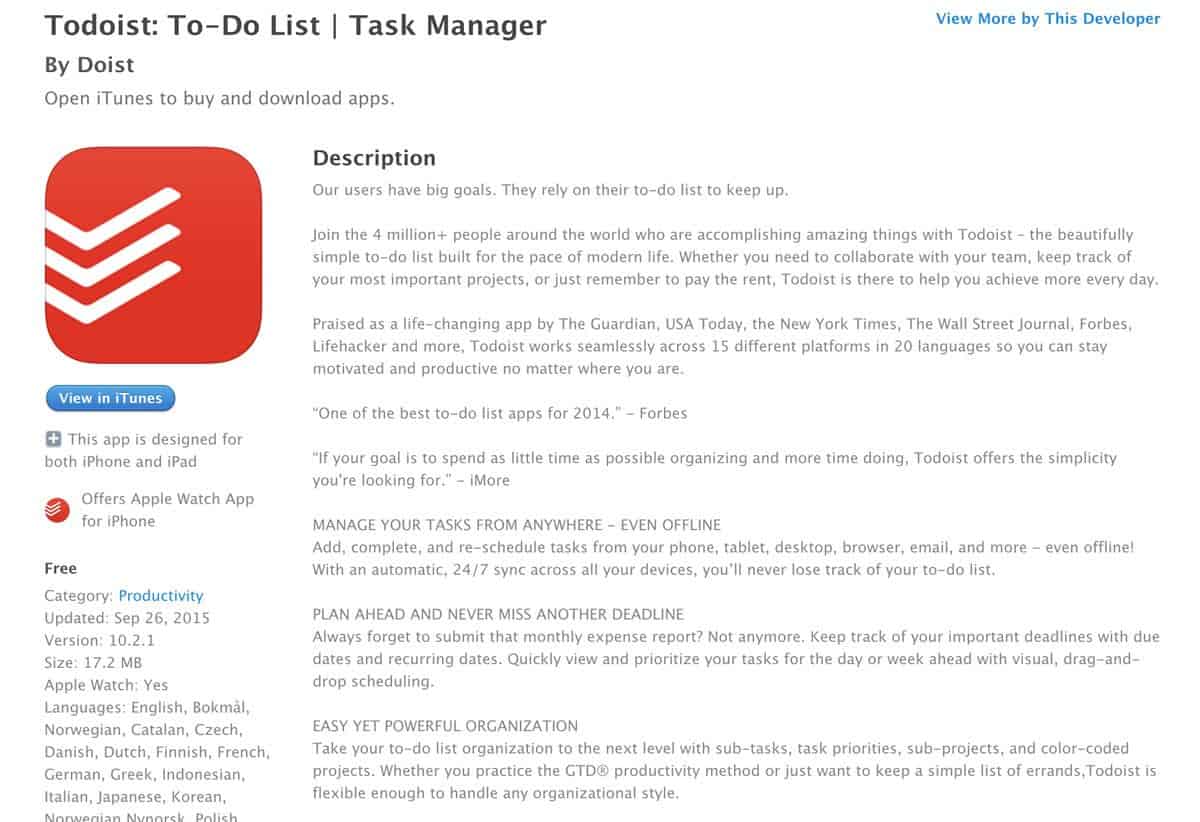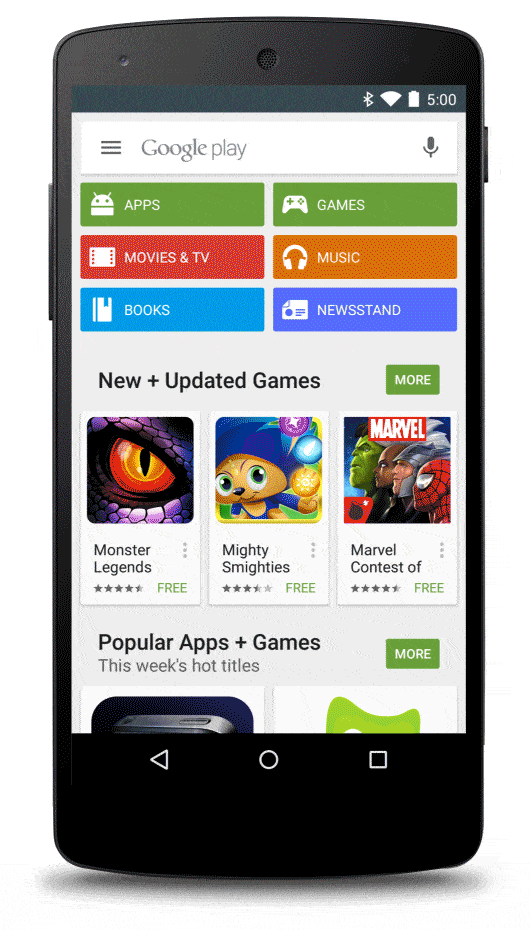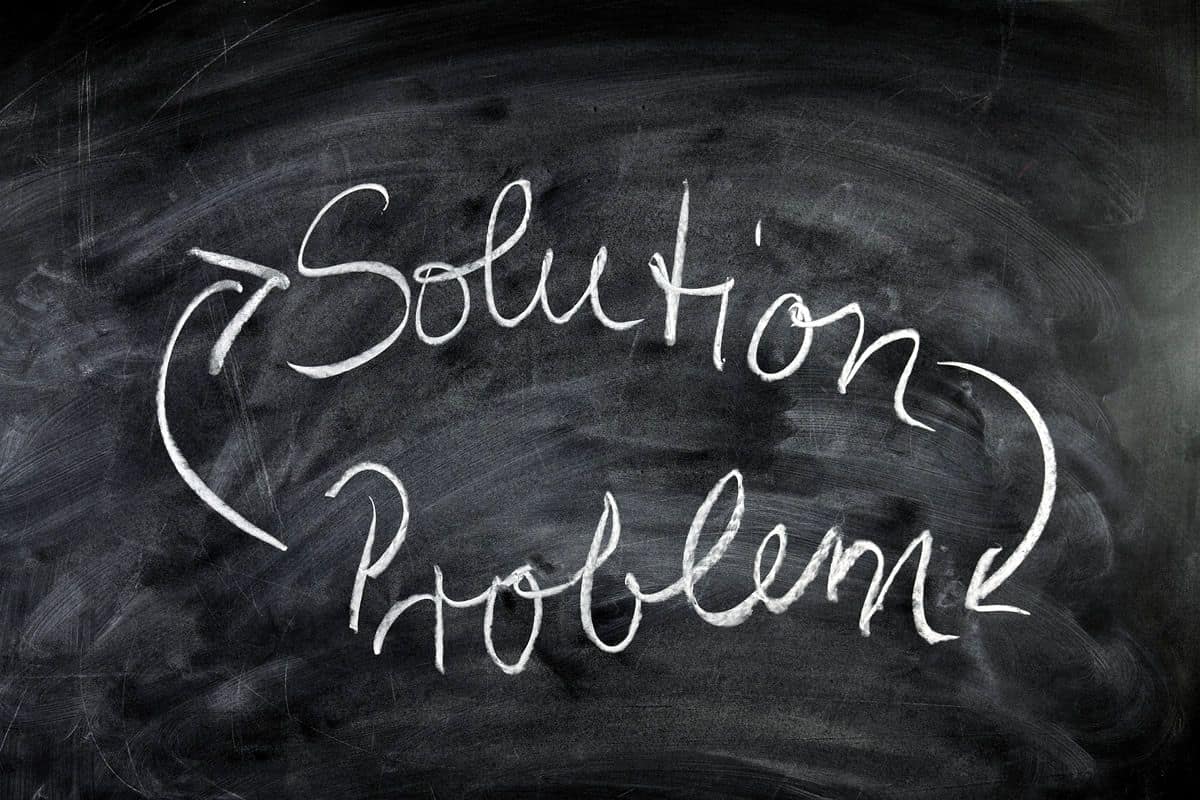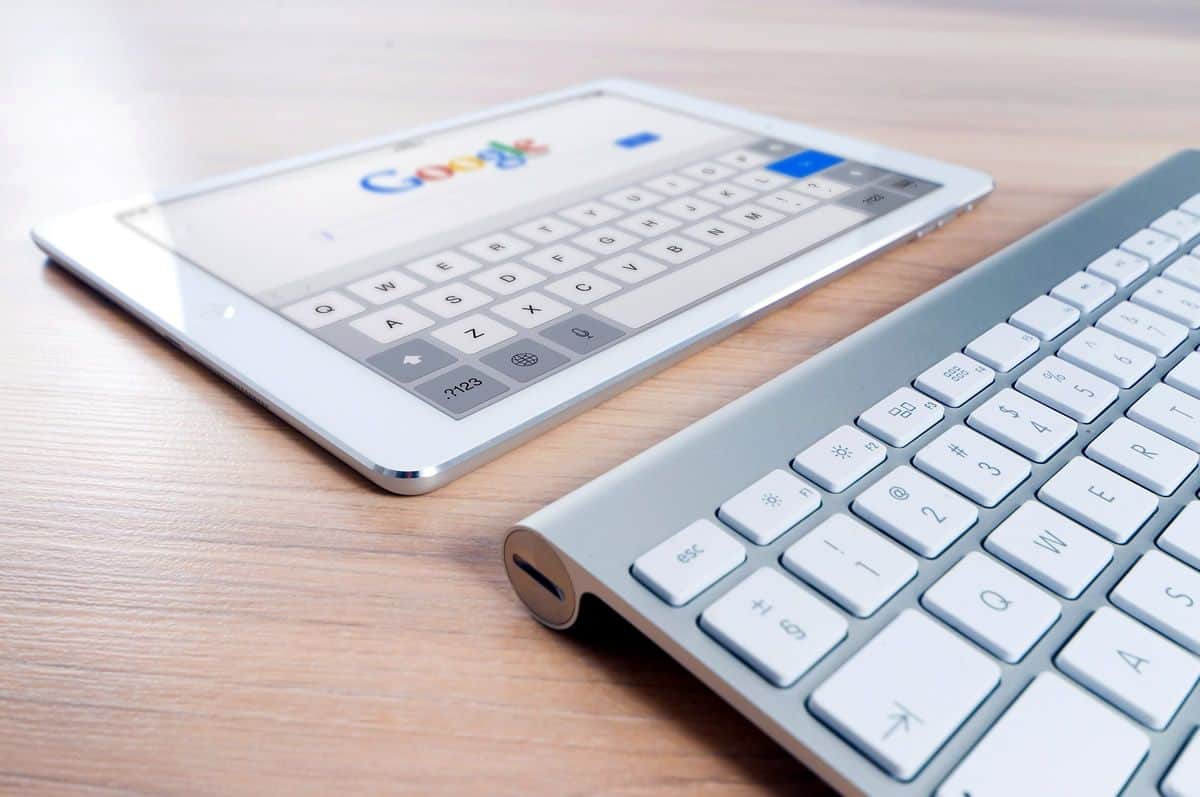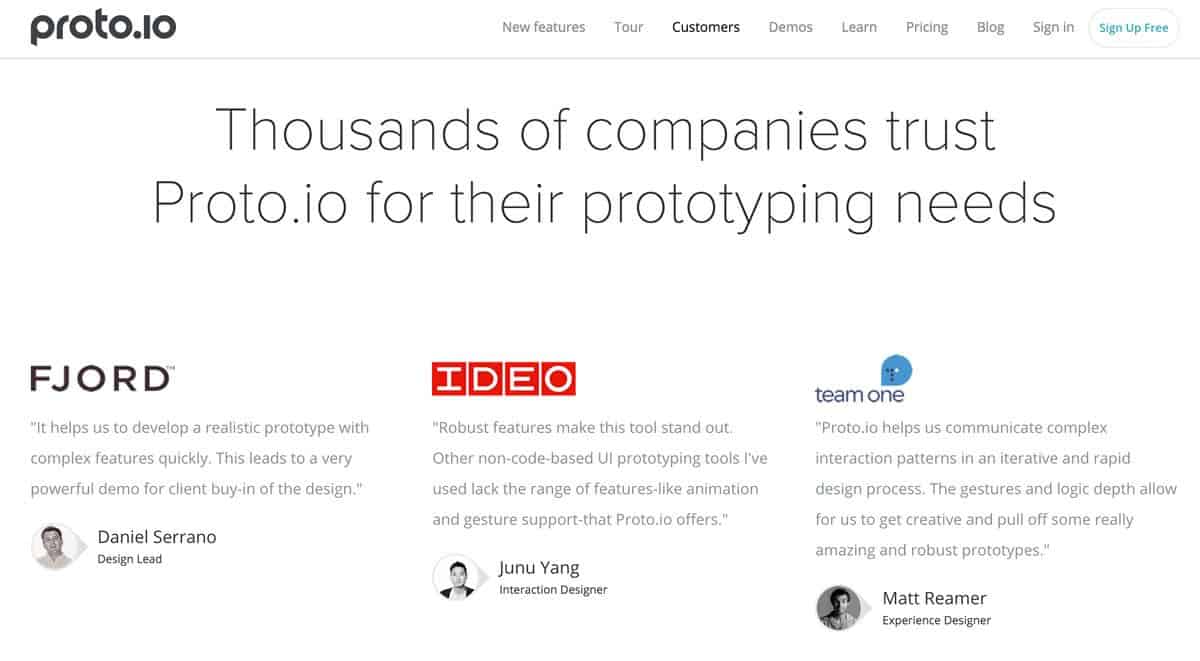Launching a new mobile app can be exciting and nerve-racking , almost like holding a wedding. Anyone who has been through the experience of a mobile app launch will tell you that building the app is only the first step. It’s also the most interesting step of the entire mobile app development process. Building the app is when you get to exercise your creativity and get hands on with an innovative new mobile product.
To succeed in the mobile app industry, it’s important to build a mobile app business, not just an app. On top of a flawless product, you’d need an app monetization and marketing strategy. Having a well-written app description is an important part of that. Yes, developers, we hear your groans. In between frantic mobile app testing and last-minute debugging, the last thing you want to do is sweat over some text.
However, your potential users don’t know yet just how top-notch your app is. You need to set the path that leads them to you. So unless you’re Medium and you can get away with copying and pasting an entire Slack conversation as part of your app’s updates, it’s time to seek out the wordsmith in you. We’re here to help with these tips on how to write a great app description in order to drive organic traffic and increase downloads.
Mobile App Descriptions for… Apple App Store or Google Play Store?
You wouldn’t use a ‘one design fits all’ approach for your mobile app user interface for multiple platforms. Likewise, you should get to know the difference between publishing an app on the Apple App Store or the Google Play Store. Be familiar with what are the best practices for writing a great app description for each store.
Apple App Store
Source: Apple Support
The Apple App Store condenses your store description into three lines, or roughly 255 characters long, into what is traditionally known as “above the fold” content. Whether or not a user feels compelled to read the rest of the app description depends a lot on how intriguing and well-written the first few lines are. This is what “above the fold” looks like.
Source: Medium on the Apple App Store
Focus on the main value proposition of your app. Be sure to speak to your target users, to address the user problem and to strike an emotional chord with the audience. A good way to learn how to write for the Apple App Store is to turn to Twitter. If successful punchlines can be doled out in 140 characters, great app descriptions can be delivered in 255 characters. In this case, it just takes practice. Here’s a great example of an Apple App Store description by Todoist.
Source: Todoist on the Apple App Store
Google Play Store
Source: Android Developers Blog
Google’s Play Store gives a lot more leeway when it comes to the amount of space for “above the fold” content. But it doesn’t mean that you should just stuff in as many words as possible. Again, focus on what makes your app unique and talk to your users.
The Play Store scouts for keywords in your app description because Google, as we know, is the master of search engines. Be sure to include your main keywords in a seamless and non-obtuse manner. Don’t stuff your description full of keywords though, that’s just called spamming. Also, be aware that Google doesn’t allow user testimonials in its Play Store descriptions. Again, Todoist does a fantastic job with their Google Play Store description.
Source: Todoist on the Google Play Store
Best Practices to Write a Great App Description
1. Present Their Problem and Your Solution
You might be thinking, “I’m an engineer, not the next Shakespeare.” However, if Shakespeare were to write a mobile app description, it’s likely that no one would ever download it. A great app description is not one that deals with metaphors and rhymes. It explains a real user problem and presents the app as the solution.
One of the most important questions to elaborate upon in your app description is the question to which you should already know the answer: “What is the user problem that you’re trying to solve?”
This is one of the first things you have to address, rather than to list all the cool features that you’ve built into the app. Users want to know how a product can help them and why they should try out your product. They look for actual solutions, not just features.
Get together with your team (or by yourself, if you’re a lone ranger) and write down in an ordered manner the problems to which your app is the solution.
For instance:
Problem: There is no photo album app in the market right now that sorts photos by colors.
Solution: We built ColorAlbum app that does just that.
Problem: User wants photos to be well-presented and easy to share.
Solution: Integrate social sharing and built-in gallery mode.
Description: The only photo album app that sorts your photos by their colors. All you need to do is to snap away and ColorAlbum will sort your photos according to the colors detected and present them in beautiful Color Galleries. Share your Galleries with a mere tap.
This process, of course, is a lot more complex than what I’ve demonstrated above. It’s also iterative. As you go along, you’ll keep improving it until you’ve got yourself a satisfactory app description.
In any case, the idea is clear. Don’t just be a cool, new app. Be a solution to a problem that users actually face and present this in your app description.
2. Define The Keywords
Content is king — we’re all familiar with this old adage. Online content is so important that businesses are often willing to spend a fortune on hiring the best content creators to write for search engine optimization. Writing a great app description should be no different. You have to think in terms of keywords and key phrases that a potential user might search for. It makes a whole lot of difference as to how visible your app will be.
Do a keyword research and look up your competitors’ strategies as well. If you haven’t already done so, there is a ton of good free advice out there on how to perform keyword research. Also, be sure to include long-tail keywords as those could be hidden gems to gaining organic traffic.
Sit down and narrow down your lists of keywords. Identify at least 5 top keywords that you’d like to be associated with your app. Make good use of those keywords in all your web and digital content. After some time, review the data provided by your analytics software and figure out which keywords have been converting well for you. Then, update your app description accordingly using the effective keywords.
3. Show Off What You’ve Got
What’s the point of winning an award, having other great apps, or building killer features if you’re not going to brag about them?
Your mobile app description is a good place to do some showing off. If you’ve won an award before, mention it. In fact, make it stand out. If your app has landed some nice reviews in the media, let it be known to users who come across your app description. With the backing of a few known media outlets, the credibility of your app is bound to increase.
Don’t be shy to cross-promote your other apps in your app description. Especially if those other apps have had success. Having previous accomplishments makes you or your company come across as expert mobile app developers and hence increases the probability of users downloading your app.
Also, don’t forget about your awesome app features. Make good use of the space in your app description to extend further, starting with the best features. Be sure to present the content in a clear manner. You do not want, for instance, to cram all your features in one paragraph providing no visual hierarchy or content organisation. Don’t be too technical and always make sure to use a language that the public can easily understand.
Keep Up With The Times
Building a mobile app business is not a one-off effort that you make, after which you simply sit back, relax and await success. You have to be consistently working hard on promoting your app and keeping up with the changes in the mobile app world. Having a great app description is a fantastic start to building a mobile app business.. But just like any other aspect of a business, it requires constant reviews and improvements. Be sure to remain vigilant when it comes to your online content.
With these tips and advice in hand, you can feel more confident about building up a mobile app business the right way. If you’d like to streamline and improve your mobile app development process, try out our mobile prototyping tool that brings you from app idea to fully-interactive prototypes in no time. Start a free trial today at Proto.io.

